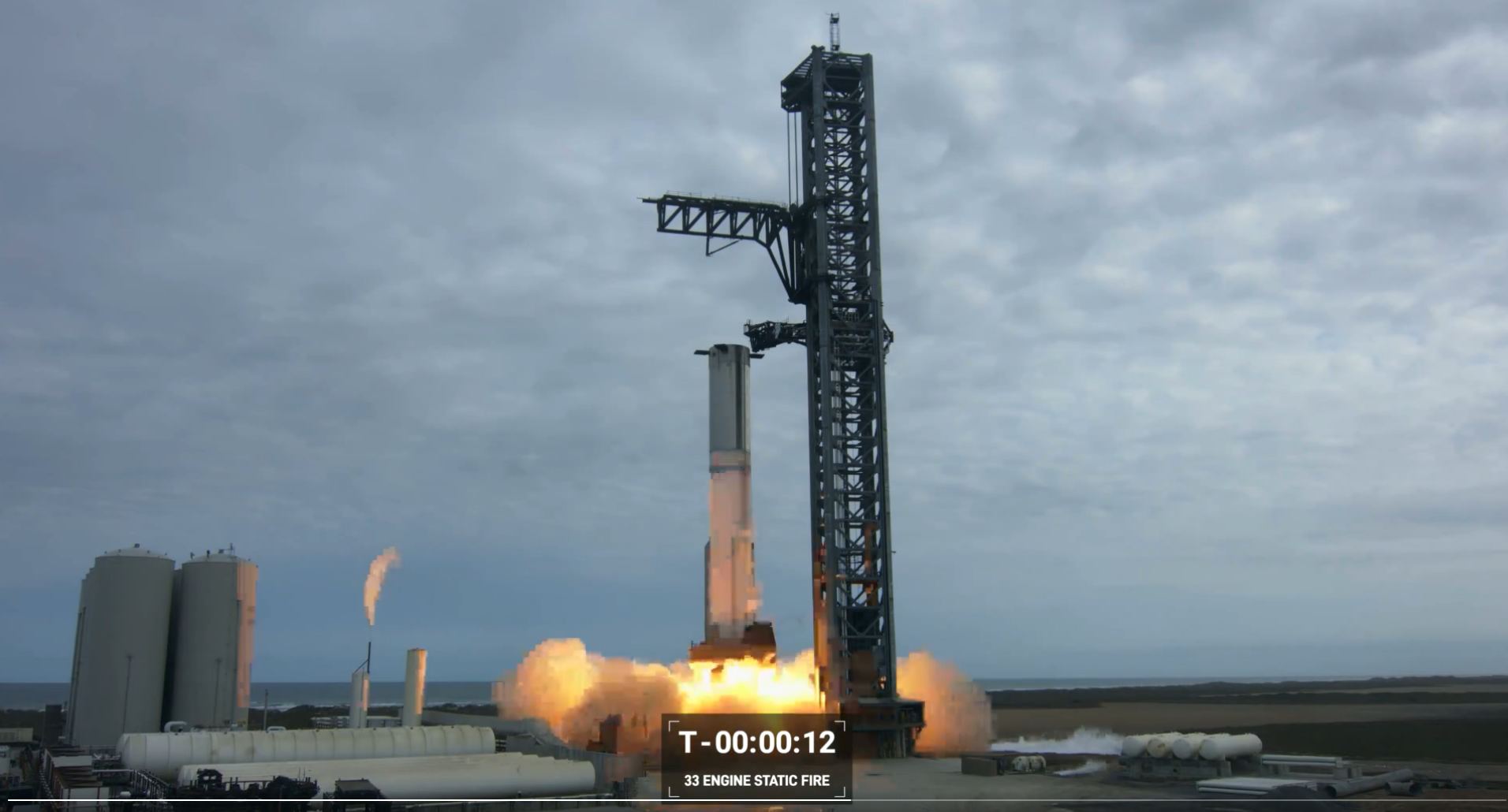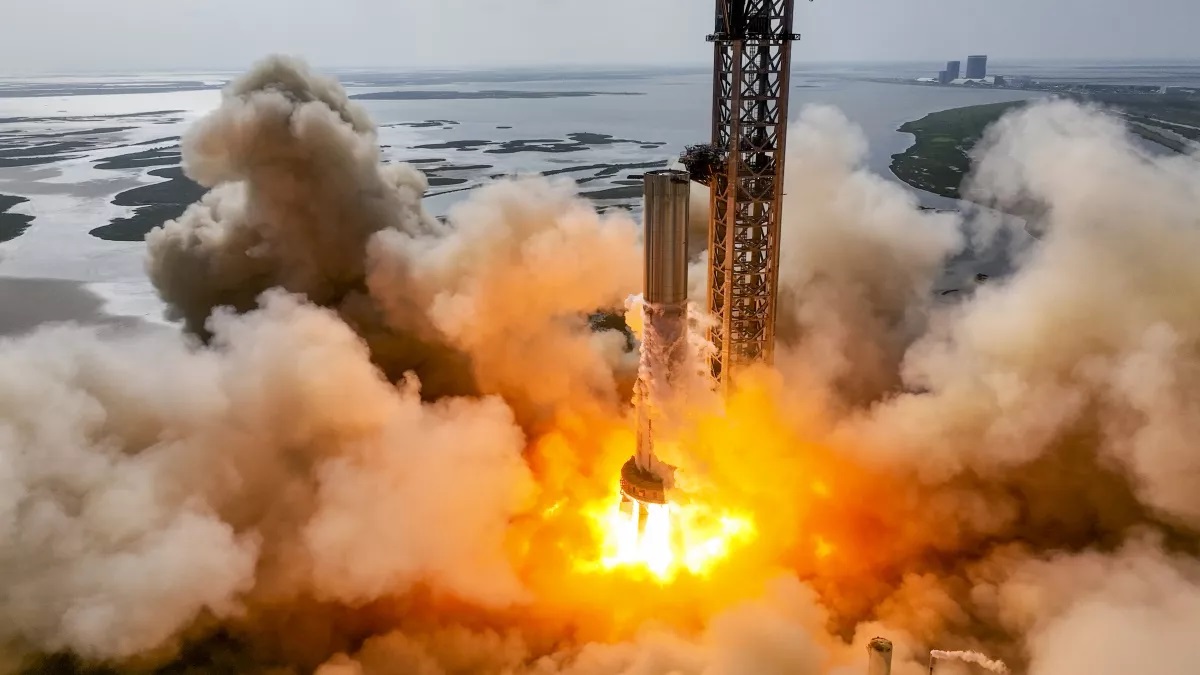Few places in the solar system are better suited to a balloon than Titan. The combination of low gravity and high atmospheric density makes Saturn’s largest moon ideal for a lighter than “air” vehicle, and the idea to put one there has been around for at least two decades. So why haven’t we yet? The simple answer is the size of the necessary balloon is too large for the existing launch platforms. But a team from Boeing, the prime contractor on the Space Launch System (SLS), believes their new launch platform will be capable of getting a large balloon into orbit, along with its necessary scientific payload – and start unlocking the mysteries of this intriguing moon.
Continue reading “SLS Could Launch A Titan Balloon Mission”NASA is Sending Humans Back to the Moon, But it Won't Stop There. Next Comes Mars
NASA recently announced the astronauts that will make up the Artemis II crew. This mission will see the four-person crew conduct a circumlunar flight, similar to what the uncrewed Artemis I mission performed, and return to Earth. This mission will pave the way for the long-awaited return to the Moon in 2025, where four astronauts will fly to the Moon, and two (“the first woman and first person of color“) will land on the surface using the Starship HLS. These missions are part of NASA’s plan to establish a program of “sustained lunar exploration and development.”
As NASA has emphasized for over a decade, the Artemis Program is part of their “Moon to Mars” mission architecture. On Tuesday, April 18th, NASA released the outcomes from its first Architecture Concept Review (ARC 2022), a robust analysis designed to align with its overall mission strategy and define the supporting architecture. This included an Architecture Document and an executive summary that provide a detailed picture of the mission architecture and design process, plus six supporting white papers that addressed some of the biggest questions regarding exploration and architecture.
Continue reading “NASA is Sending Humans Back to the Moon, But it Won't Stop There. Next Comes Mars”Artemis II is Literally Coming Together
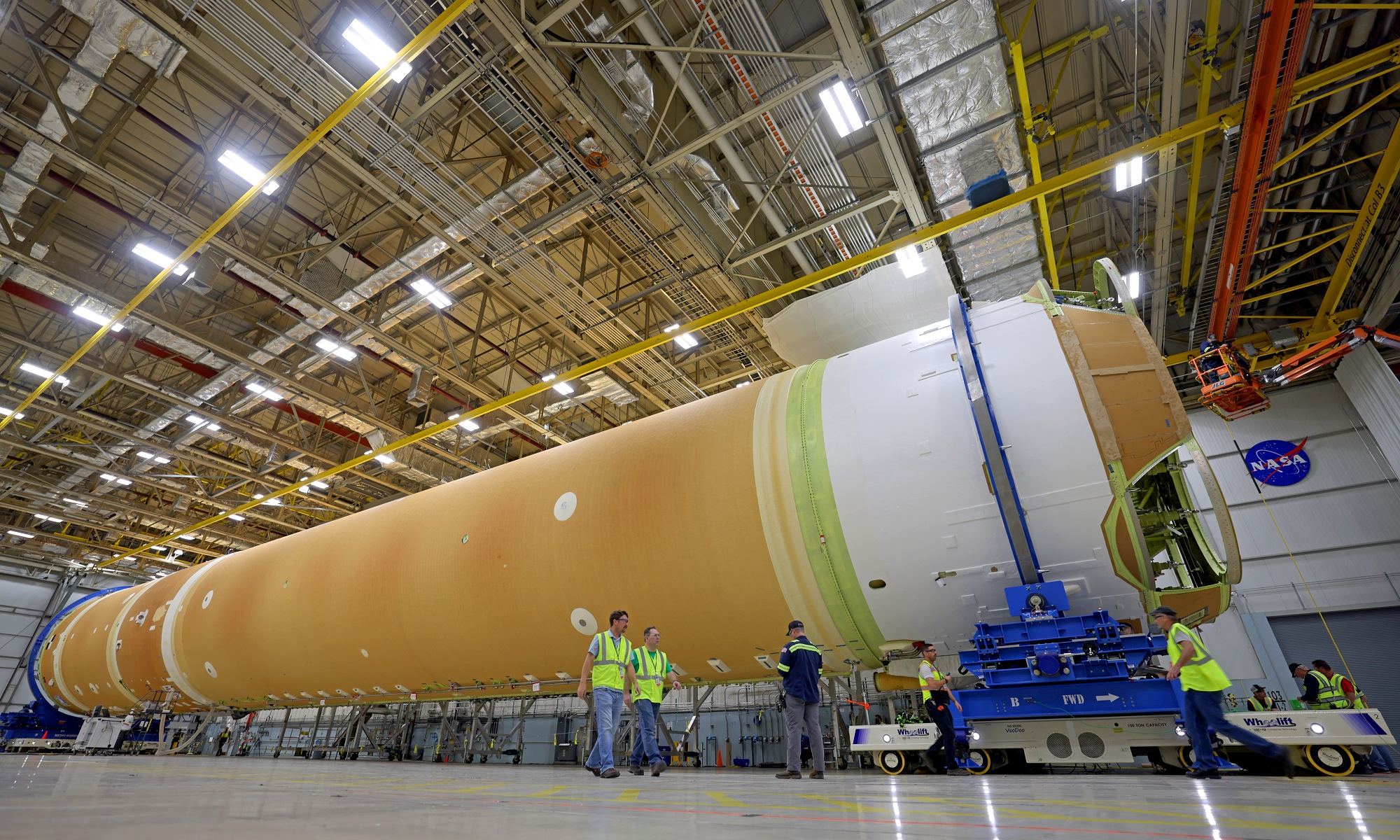
In November 2024, NASA’s Artemis II mission will launch from Cape Canaveral, carrying a crew of four astronauts around the Moon before returning home. This will be the first crewed mission of the program, paving the way for Artemis III and the long-awaited return to the Moon in 2025. These missions will rely on the Orion spacecraft and the Space Launch System (SLS) super-heavy launch vehicle. At NASA’s Michoud Assembly Facility in New Orleans, teams of engineers have just finished integrating all five major structures that make up the core stage of the Artemis II rocket.
Continue reading “Artemis II is Literally Coming Together”SpaceX Sets New Record with Successful Test-Firing of 31 Raptor Engines!
Another day, another static fire test, another milestone on the road to space! For months, crews at the SpaceX Starbase near Boca Chica, Texas, have been conducting static fire tests of the B7 Super Heavy booster prototype. In previous tests, the ground crews test-fired 7 to 14 of the B7s Raptor 2 engines for periods lasting 7 to 13 seconds. Today, the crews prepped the BN7 Booster for the first static fire test, where all thirty-three engines would fire simultaneously. While two of its Raptors did not fire, the test was a success and set a new record for the amount of thrust produced in a single booster fire.
Continue reading “SpaceX Sets New Record with Successful Test-Firing of 31 Raptor Engines!”We’re Going to see at Least Five More SLS Rockets Launch in the Coming Years

NASA’s continued goal of sending humans into deep space using its Space Launch System (SLS) recently took a giant leap as the world’s largest space agency finalized the SLS Stages Production and Evolution Contract worth $3.2 billion with The Boeing Company in Huntsville, Alabama. The purpose of the contract is for Boeing to keep building SLS core and upper stages for future Artemis missions to the Moon and beyond for at least five more SLS launches.
Continue reading “We’re Going to see at Least Five More SLS Rockets Launch in the Coming Years”NASA Just Tested a new Engine That Will Launch Artemis V and Beyond

On November 16th, NASA launched the first mission of the Artemis Program (Artemis I), which splashed down three and a half weeks later. This uncrewed mission saw the Space Launch System (SLS) send an Orion spacecraft far beyond the orbit of the Moon, establishing a new record for distance traveled by a mission and the amount of time spent beyond Low Earth Orbit (LEO). Powering the core stage of the SLS were four Aerojet Rocketdyne RS-25s, the same engines used by the Space Shuttle – known as the Space Shuttle Main Engine (SSME).
By the end of the decade, NASA plans to mount a total of six Artemis launches that will include crewed missions to the surface, the creation of the Artemis Basecamp, and the deployment of the Lunar Gateway. NASA also plans to upgrade key components in the mission architecture along the way, which include replacing the Space Shuttle Era engines with the newly-designed RS-25E. On December 14th, NASA tested this engine for the first time at the Stennis Space Center in Mississippi, completing a hot fire test that lasted for just under three and a half minutes (209.5 seconds).
Continue reading “NASA Just Tested a new Engine That Will Launch Artemis V and Beyond”NASA Releases Another Supercut of the Artemis I Mission, Showing the Launch and Flight Past the Moon
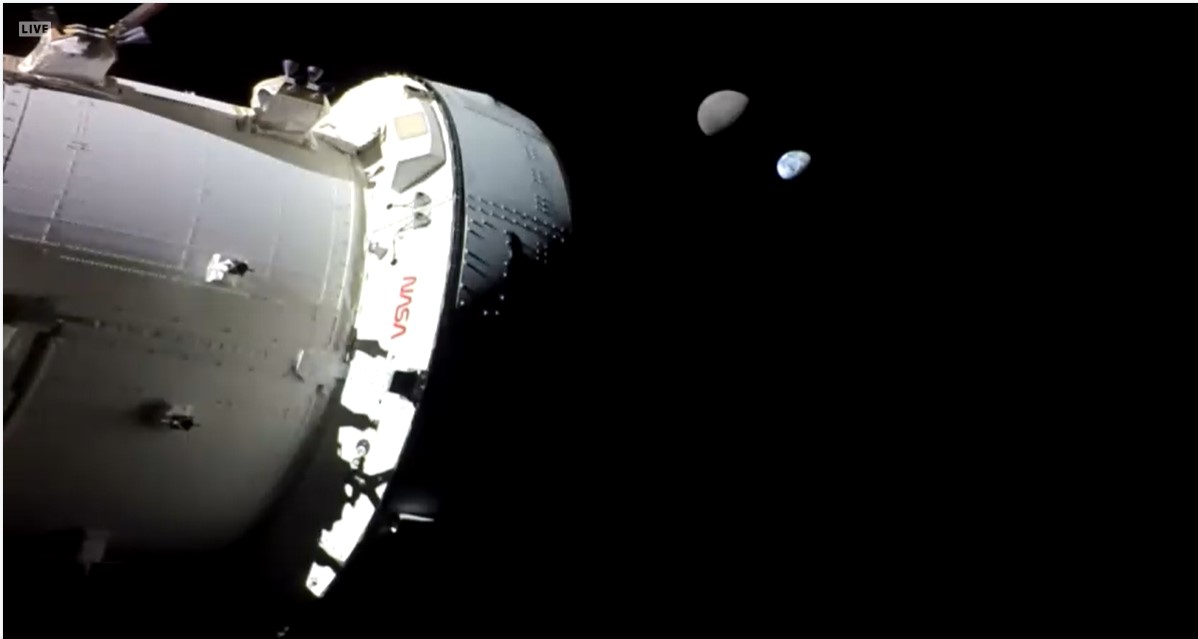
Artemis I is now on day seventeen of its mission, having just completed its distant retrograde orbit burn. This maneuver has placed the uncrewed Orion spacecraft (loaded with mannequins and sensors) on its way back to Earth. In honor of this historic mission that has traveled farther than any spacecraft in history, NASA has released a second supercut video of footage from the mission. The 1-minute, 36-second video includes highlights from the maiden launch of the Space Launch System (SLS) rocket and the Orion spacecraft making its circumlunar flight and looking back at the Earth-Moon system.
Continue reading “NASA Releases Another Supercut of the Artemis I Mission, Showing the Launch and Flight Past the Moon”SpaceX’s Super Heavy Fires 11 of its Engines in a Long-Duration Test
SpaceX is at it again! Yesterday (November 29th), the company conducted another static fire test with the Booster 7 (BN7) prototype at its Starbase in Boca Chica, Texas. The test began at 02:42 p.m. EST (11:42 a.m. PST) and saw eleven of the BN7’s thirty-three Raptor 2 engines fire for 13 seconds. While static fire tests have been the norm these past few months, this latest might be the prelude to the orbital test flight Musk has been hinting at for close to a year. News of the successful test was shared via Twitter, while NASA Spaceflight (NSF) shared footage of the test via Youtube.
Continue reading “SpaceX’s Super Heavy Fires 11 of its Engines in a Long-Duration Test”Artemis 1 Sends Back Snapshots of Earth as It Speeds Toward the Moon
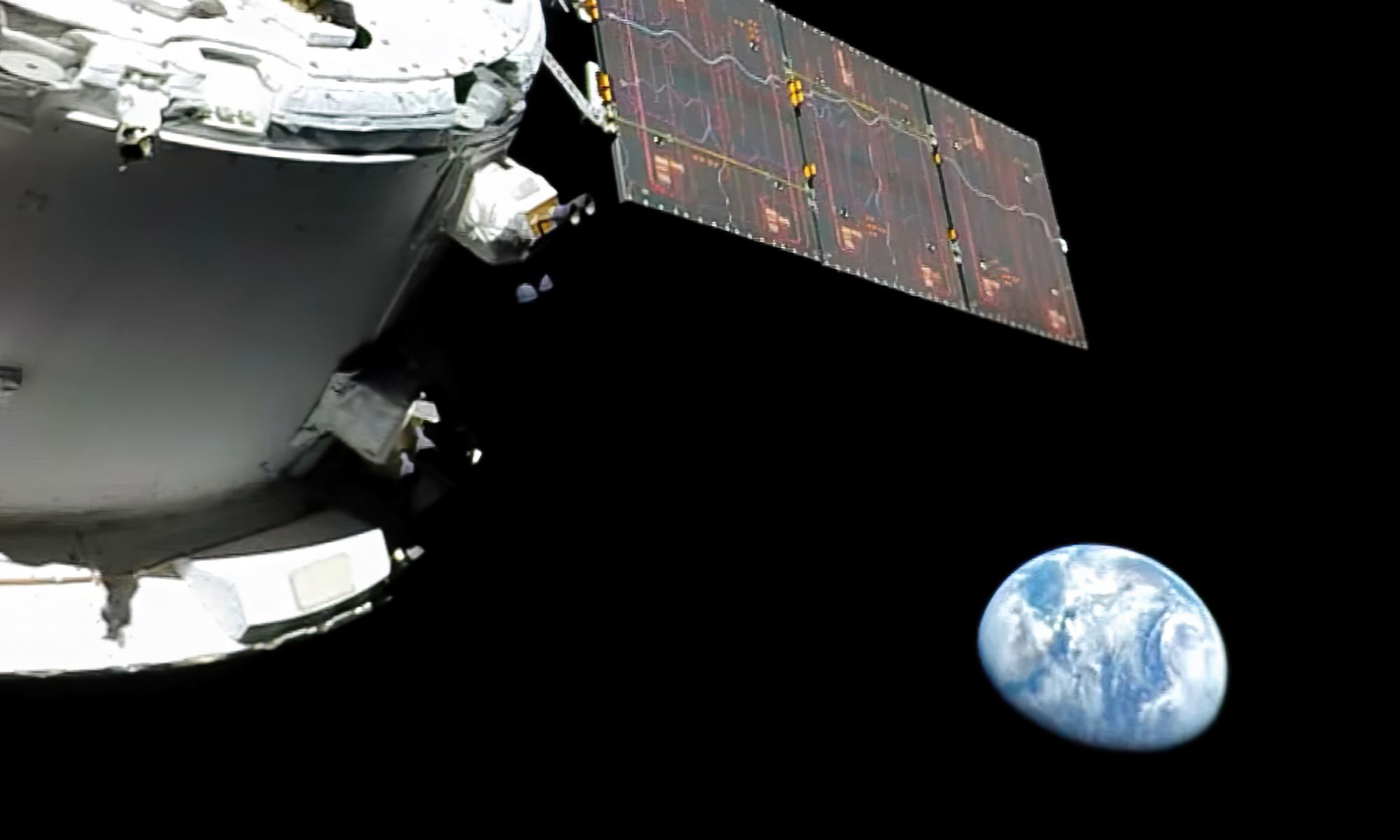
As it heads for the moon, NASA’s Orion space capsule is sending back snapshots of Earth that evoke the “blue marble” pictures taken by Apollo astronauts five decades earlier.
This time around, the photographer is basically a robot, built into the camera system for the uncrewed Artemis 1 mission. The round-the-moon odyssey got off to a spectacular start early today with the first launch of NASA’s Space Launch System, and over the next 25 days it’s due to blaze a trail for future crewed trips to the lunar surface.
Hours after liftoff, a camera mounted on one of Orion’s four solar arrays pivoted around to capture a view of the spacecraft’s European-built service module in the foreground — with our half-shadowed planet set against the black background of space.
“Orion looking back at Earth as it travels toward the moon, 57,000 miles away from the place we call home,” NASA’s Sandra Jones intoned as the imagery came down.
Continue reading “Artemis 1 Sends Back Snapshots of Earth as It Speeds Toward the Moon”A new Launch Date for Artemis 1: November 14th … at Night
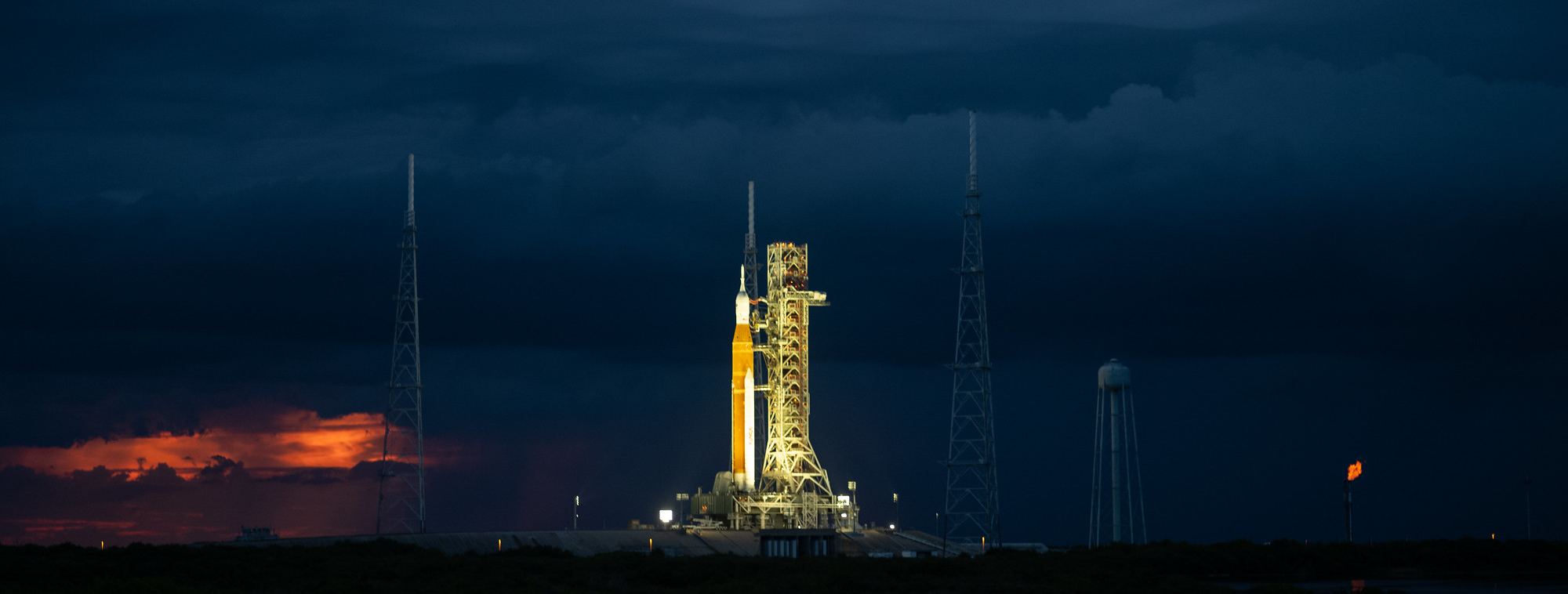
If the next launch attempt of the Artemis I mission goes as planned, it should be a spectacular sight.
NASA is now targeting Monday, November 14 at just after midnight Eastern Time for the liftoff of the Space Launch System (SLS) rocket carrying the Orion spacecraft. A 69-minute launch window opens at 12:07 a.m. EST.
Continue reading “A new Launch Date for Artemis 1: November 14th … at Night”


